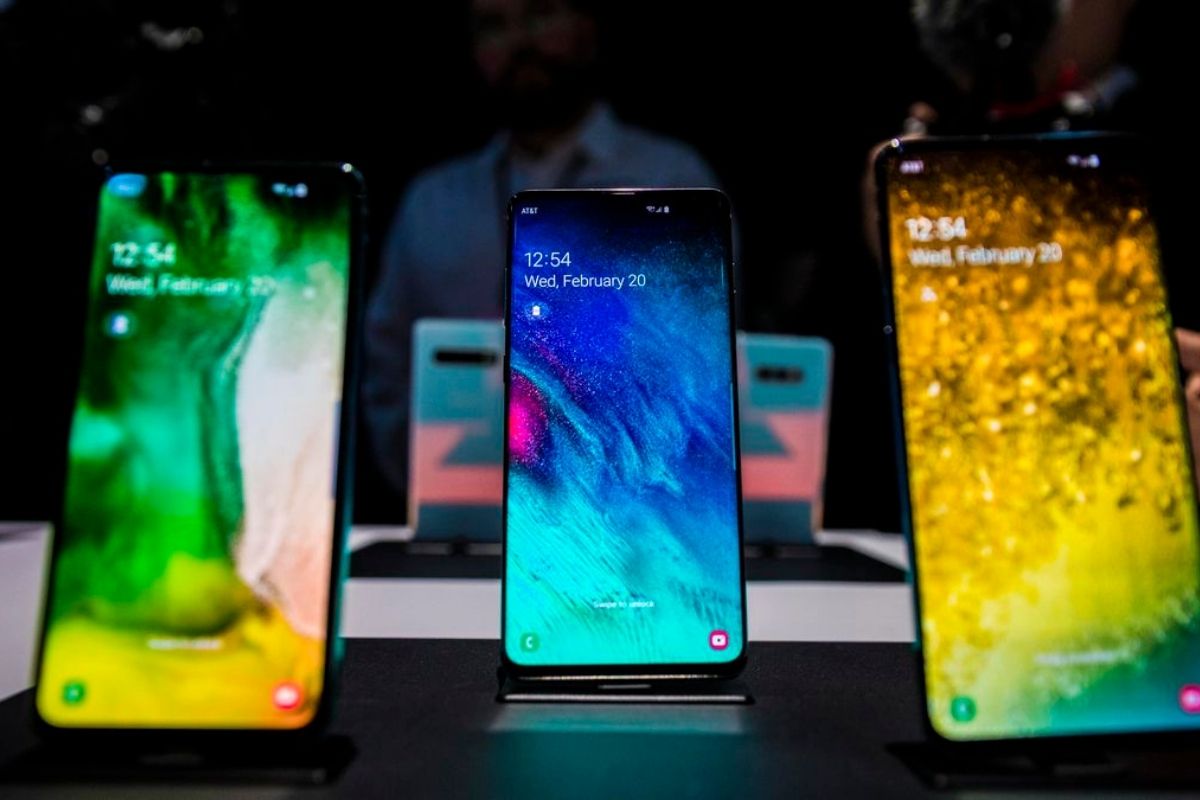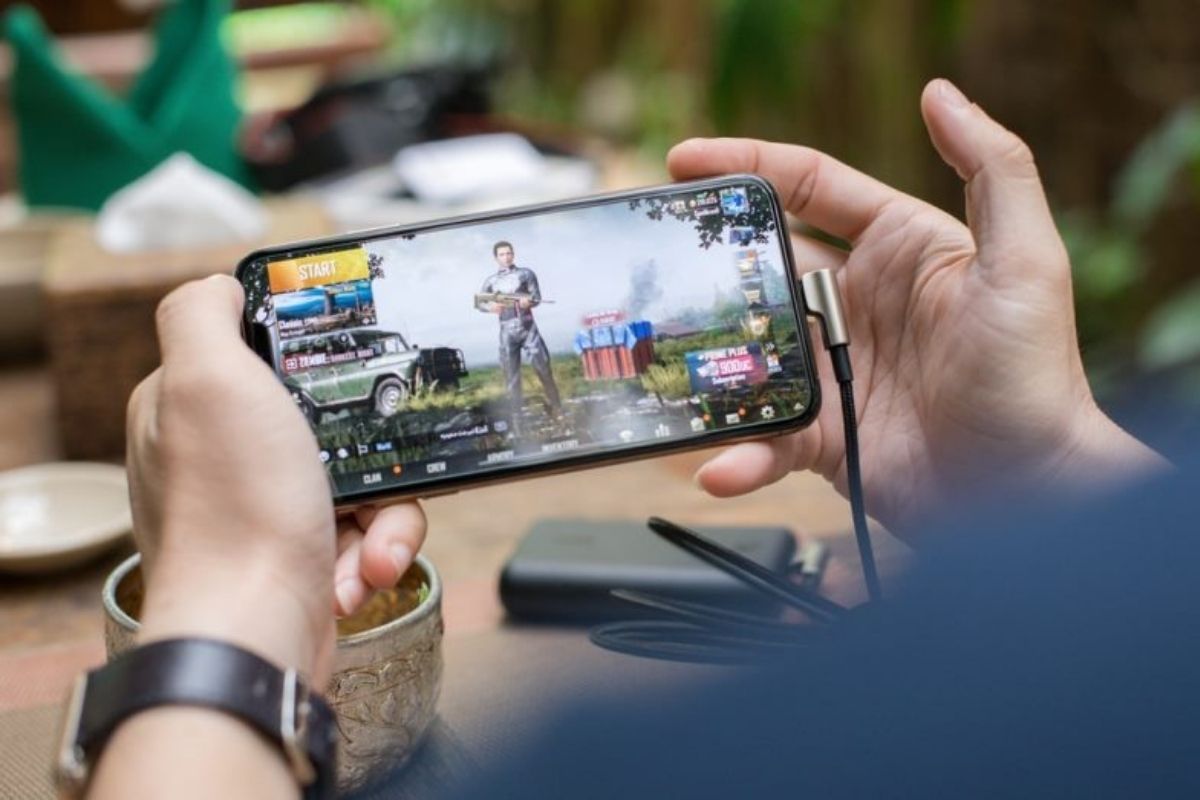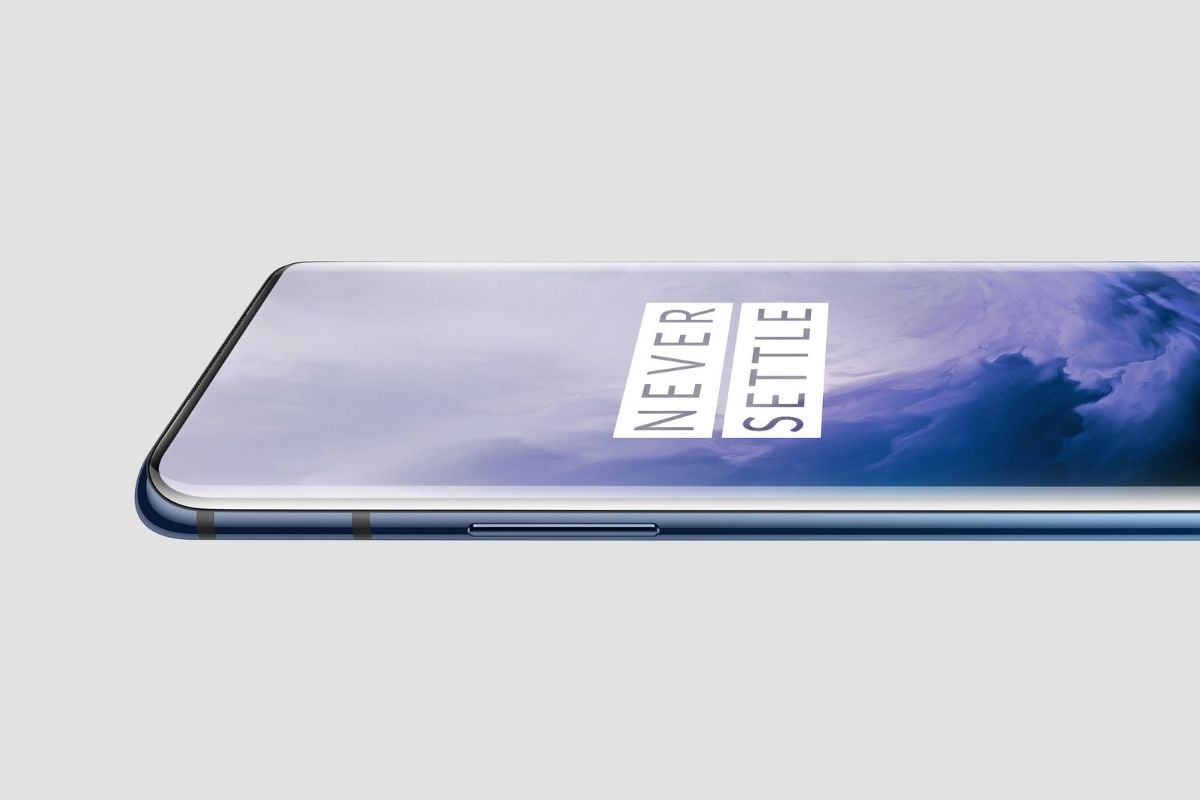
To the non-technical user, an AMOLED panel might seem to be the better choice, despite that not being the actual case. This is due to the fact that they rely on data based on adverts and word of mouth, wherein AMOLEDs are shown as panels providing rich colour and deep blacks.
Whilst that is not completely wrong, there is more to a display panel and, one must not believe what they read or hear without testing them out themselves. Today, we will try to clear the air regarding the god-tier status that AMOLED panels hold.
AMOLED vs LCD Display: Which One Is Better

LCD panels have been there for a long time, whilst AMOLEDs were primarily brought into force by Samsung, who decided to move its flagship lineup to the AMOLED screen before its competitors.
That being said, we need to first take a look at the technological advancements that both of them use to make a decision as to which one of them is worse. On a technical level, both screens make use of pixels, which in itself is divided into 3 sections known as sub-pixels.
The three sections are red, green and blue, which are primary colours for display technology. In order to produce a certain colour, each pixel allows necessary light to pass through each pixel at different places, allowing for the colours to show on your screen.
The key differentiator comes in the way light is generated in each screen, where LCD panels make use of a backlight to generate light. A series of transparent mirrors, an array of white LED lights and series of films distribute light across the back of the display. At times in lower-quality panels, one can spot bright spots on the screen, which may be caused by uneven distribution.

This arrangement results in blacks that are not ‘true blacks’ as, no matter what light passes through, the darkness is not at the same level of an AMOLED panel.
Coming to the AMOLED panel, each pixel depends on itself since it is its own light source, which means that no backlight is necessary. This allows for a thinner screen with more consistent lighting all over the display. To add to this, each pixel is an OLED, which shows proper black by shutting off pixels, as they do not need to generate any kind of colour.
Here are some key differentiators that will help you understand the differences between the two panels quite easily.
- LCD panels are quite reliable in comparison to AMOLEDs since they do not suffer from issues such as burn-in, which is a common complaint that can be heard by a user who has an AMOLED panel, especially one that gets a bit older.
- Most LCD panels have better viewing angles in comparison to an AMOLED panel, meaning that overall content consumption does not suffer.
- The LCD panel is also capable of providing true-to-life colours instead of slightly boosted colours, something that might not be appealing to most, but being accurate is a pro for most.
One first needs to know about the two major cons to an AMOLED before delving into the pros list. One of them was durability, discussed above. The other one is a higher panel cost, meaning it generally results in a higher overall price for the product.
- As for the positives, the first feature is the ability to provide deeper and actual Blacks, something that even an A+ level LCD panel will fail to achieve.
- Vivid colours are another feature one can expect from an AMOLED panel; this might be a good thing or a bad thing depending on the user, but most people prefer a brighter and more punchy output.
- AMOLEDs also have the ability to flex, meaning they can be used in devices such as foldables since it is easy to bend or fold them in a bid to make a flexible or compact device.
- AMOLEDs are also energy efficient since the backlight is missing. Darker pages require half or less than half of the energy than that on a white page, meaning that for certain applications or sites that have darker backgrounds, overall battery consumption is greatly reduced.
In the end, it should be quite clear. If you, as a user, prefer brighter and more punchy images or content output and want deeper blacks, the AMOLED panel is the one for you. But, if you are a user who keeps their device for a longer time and wants better accuracy for a fair price, an LCD based device will be the perfect option for you.















